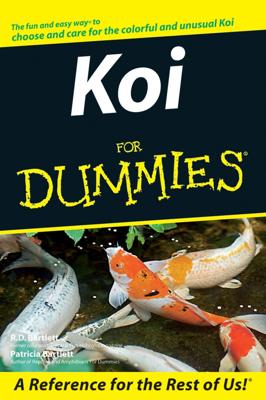No matter what you do to keep your aquarium clean, you'll always have some type of algae in your aquarium system. You can keep it under control with live plants, algae-eating fish, scrapers, and other methods.
Algae is often introduced into your aquarium by fish and live food, and it comes in several colors:
- Blue-green algae (caused by poor water conditions) can form a layer on all of your decorations and substrate, and if your fish stop swimming for a few minutes, they start to resemble a moldy cupcake.
- Red algae, which is caused by a lack of carbon dioxide in the water, is really nasty and hangs in threads all over your aquarium. Extra oxygen can be added to battle the red algae, but often a tank must be cleaned and restarted if it gets out of control.
- Brown algae (caused by inadequate light) forms huge brown layers in your aquarium.
- Green algae (caused by too much light and dissolved waste) makes your aquarium water look like pea soup. This algae can be beneficial as a natural food source, so you can allow a small amount to remain on rocks and decorations. Too much, however, is unsightly.
A good way to battle algae in your aquarium is to
- Do 10 percent water changes daily until the algae clears up.
- Add algae-eating fish, such as the Siamese algae eater (Crossocheilus siamensis) or the bushy-nosed pleco (Ancistrus sp.). These fish help keep algae populations under control naturally. Don't depend on algae-eating fish to solve your problem alone, though. They couldn't eat that many algae in a million years.
- Use algae-control products. These products reduce and prevent algae blooms by coloring the aquarium water blue. This coloring process absorbs/blocks sunlight, which the green algae need for survival.
- Use an algae scraper. You can choose from several types, including a long stick with attached scrub pad/sponge that you simply slide up and down the interior glass; a two-way magnet system; and a "glove" type that fits over your entire hand. A real good version of this is the Kent Marine Proscraper 12-inch scraper.
- Add live plants, which inhibit algae growth by providing resource competition. Plants use the excess nutrients in the water to thrive. These are the same nutrients that algae need to survive. Plants help "starve" algae production by keeping them from having enough nutrients to flourish.

